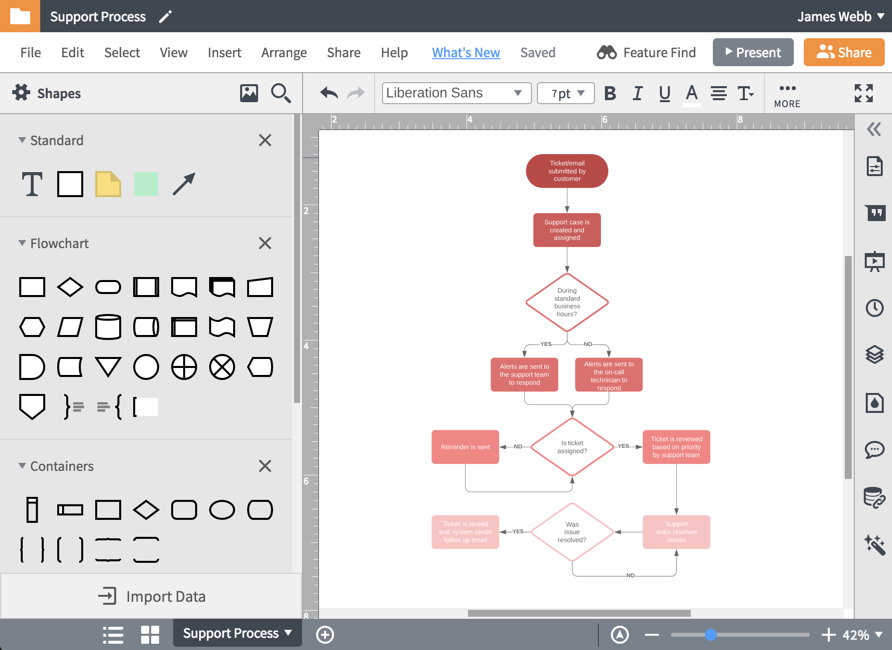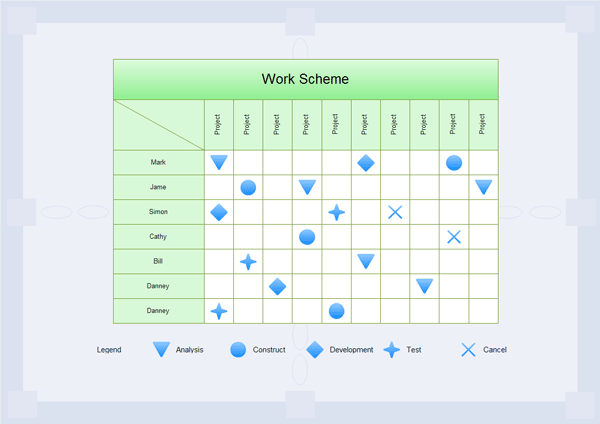
The next piece of the puzzle is to figure out how you’re going to physically create your org chart moving forward. Secondly, you’ll want to gather as complete information about each role as possible to detail your org chart from top to bottom. Quick Tips for Creating Org Charts: Tools & Organizational Chart Makerįirstly, make sure that you define the initial purpose and overall goals of the org chart that you are looking to establish. Lastly, workforce planning and resource planning can take advantage of org charts, too. These kinds of charts guarantee that no individual or department “slips through the cracks”, as well – something that happens with an alarming frequency when these kinds of tools aren’t taken advantage of. Org charts can also be used during restructuring to help clear up any confusion or misconceptions. It’s also really easy to onboard new employees at every level with org charts, simply because the amount of information provided is always distilled down to the most essential components only on the relationship between all of the people listed. These kinds of charts can be used by managers and executives to better understand the direct reports that they are responsible for, but can also be used by employees to better understand who they report to as well as how each individual group or project team contributes to the whole organization in general.

Traditionally, org charts are used to outline the organization structure and “chain of command” in businesses and organizations. At the top you have your high-level managers and executives and beneath that you have your core workers and employees. Flat Org Chart / Horizontal Org ChartĪ Flat Organizational Chart always consists of two or three individual levels. These charts handle more complex relationships with ease, still clearly defining the hierarchy and the relationships between all roles listed, but doing so in a cleaner way than a traditional hierarchical chart could. Matrix org charts, on the other hand, are designed for use in organizations and projects where there are more than just one individual manager/idea at each individual level. Relationships between direct reports are also broken down in these hierarchical charts.

The top of the chart is represented by the most senior individual and leader, and each successive block down encompasses the next most senior individual and leader (or leaders).

This type of org chart is especially helpful if you are organizing people or structuring a group or company that needs clearly defined positions and roles to be filled out and placed into a chain of command. The most common type of org chart is Hierarchical Org Chart.


 0 kommentar(er)
0 kommentar(er)
